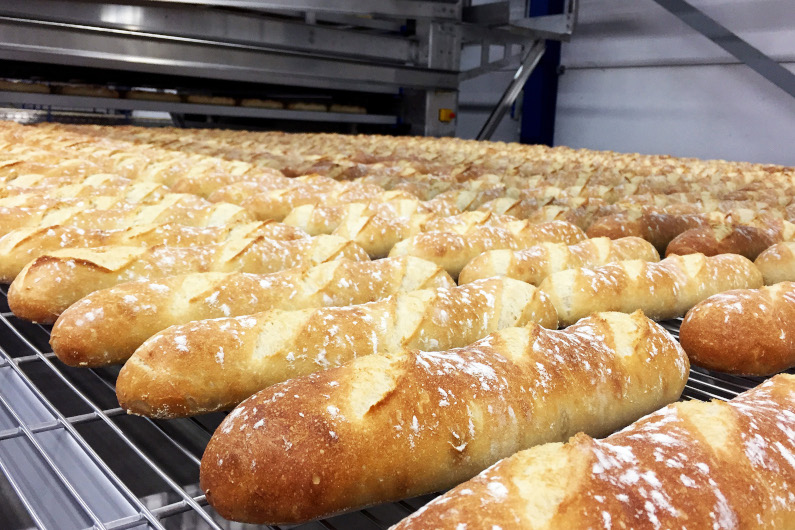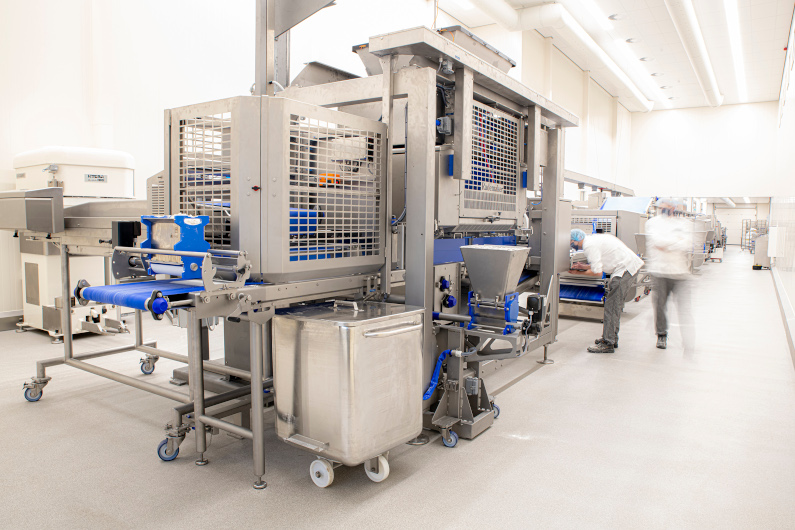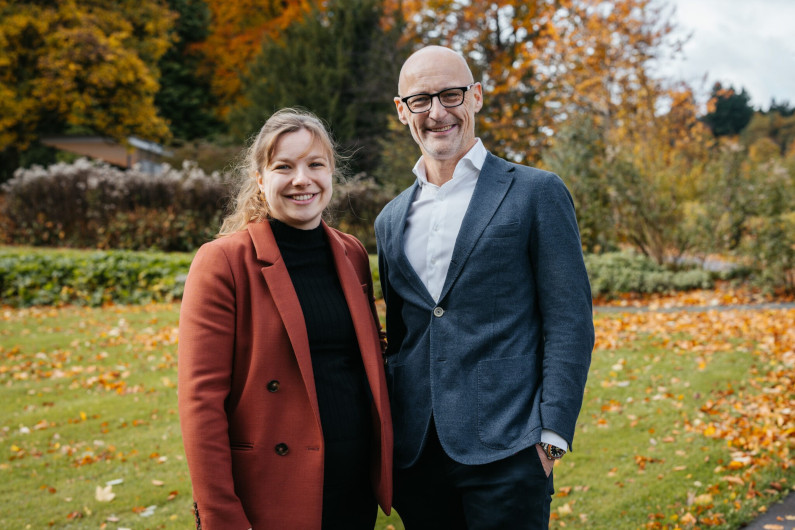Automated production lines are the solution to optimizing production and optimally allocating resources, including a critical one: the people on the production floor. Designing the turnkey line that fits best with a given environment throughout each process step also starts with people: the design team tasked with bringing together only the perfect pieces of the puzzle that will become a new line.
Turnkey lines integrate solutions, often from different suppliers, to work together on specific requirements. Finding the right suppliers with the most suitable equipment, who are also open to working together, is critical.
The task of the project design team is to ensure good process transitions are arranged between them, while it manages communication between suppliers and controls the automation of the turnkey line. To avoid any compatibility issues that may arise, the specialists managing the design project focus on ensuring each supplier has a clear insight into the scope they cover in the project and understands all its details around critical milestones.
The project: flexible bread line
Given the task of building a turnkey line for maximum flexibility around the types of breads and rolls it can produce, its functional specifications are defined together with the baker. Douglas Hale, Director of Systems Integration North America at Rademaker, explains how such a project is kick-started: “We partner with the customer, starting with a detailed process flow that describes all of the different products and their specifications. Many times, the customer does not have all that information in the design phase, so you need to build into the design the ability to modify and adjust for the unknown.” Packaging is the more difficult area to set up, in their experience.
The initial list of requirements is closely analyzed and managed by the turnkey specialist in close communication with the baker, while the overall design is created, managed and agreed on. Flexible planning is key to flexible lines, as differences in initial views on the project are not uncommon: “Many times, what the customer wants will either not fit and/or work within the budget constraints so meeting regularly helps the decision process go faster and keeps the project schedule moving forward,” Hale points out.
“Many times, what the customer wants will either not fit and/or work within the budget constraints so meeting regularly helps the decision process go faster and keeps the project schedule moving forward.”
Douglas Hale, Director of Systems Integration North America, Rademaker
Comprehensive testing is then carried out in the design stage at Rademaker’s dedicated facilities. If the project entails processes new to the bakery, testing will validate the design and ensure the product’s characteristics are on target.
For a smooth installation process and timely startup, the entire project team takes part in the line design phase: the installation project managers together with those in charge of controls and commissioning. Once the design phase is completed, the formal quoting is submitted, which is used as the basis for the project’s milestone dates. Rademaker works with all suppliers who are involved in the project to map out the progress and, ultimately, the commissioning date. At the same time, its project management team also works closely with the bakery, as they assess the current process flow and product ranges. They may even spend some time in the facility to better understand the standard practices and the production team’s level of expertise.
Revisiting and revising completed projects
A flexible line needs to also be update-friendly, for additional features that can be integrated at a later time, to expand and/or upgrade the line. Rademaker turnkey lines are created to be flexible, especially in sections such as packaging and pan handling. “Helping the customer to consider the future and what those changes would or could look like is something that we do in the design phase.
Showing theoretical future lines or future expansions as part of the overall layout is something that is requested many times,” the American system integration specialist details. In the scenario of a project designing an industrial bread line, Rademaker’s bread line is incorporated, meaning that its modular architecture can readily support revisions long after its initial build, so that production stays ahead of (future) consumer needs with incremental technology revisions.
The flexibility of this line comes at no expense to its efficiency: “Our focus on ingredient optimization (if applicable) and waste reduction ensures maximum efficiency throughout the production process,” Stok adds.
There are several options – and challenges – when upgrading an existing turnkey project. For example, system integration becomes more complex and the resulting line will require more floor space when working with multiple types of pans, peelboards and/or baking trays. “Think about changes from one type of pan to another, or switching to trays. This can be done manually or can be fully automated. Then, add to this equation stacking robots and storage for different carriers. These solutions will claim additional space in the layout and need to be well organized in the daily production planning, illustrates Dennis Everaers, Bakery and Process Technologist at Rademaker. The company also provides solutions to such considerations in their turnkey projects.
Read the full article in Baking+Biscuit International, issue 3 – 2024.







